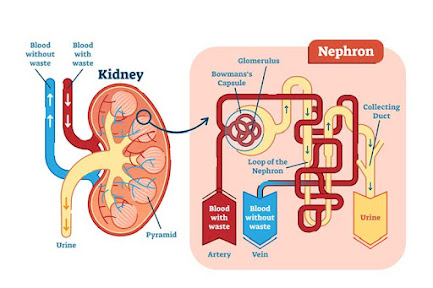Commercial Applications
Auxins
- Discovery of IAA led to the synthesis of wide range of compounds by chemists. The synthetic auxins are economical than IAA to produce and often more active because plants generally do not have necessary enzymes to break them down.
- NAA ( Naphthalene acetic acid)
- Indole propionic acid
- 2,4D (2,4 Dichloro phenoxy acetic acid)
- GA promote fruit setting e.g. in tangerines and pears and are used for growing seedless grapes. (Parthenocarpy) and also increase the berry size.
- GA3 is used in the brewing industry to stimulate a-amylase production in barely and this promotes malting.
- To delay ripening and improve storage life of bananas and grape fruits.
- Cytokinins delay aging of fresh leaf crops, such as cabbage and lettuce (delay of senescence) as well as keeping flowers fresh. They can also be used to break dormancy of some seeds.
- Abscisic acid can be sprayed on tree crops to regulate fruit drop at the end of the season. This removes the need for picking over a large time- span.
- Ethene induces flowering in pineapple. Stimulates ripening of tomatoes and citrus fruit. The commercial compound ethephon break down to release ethene in plants and is applied to rubber plant to stimulate the flow of latex.









.png)